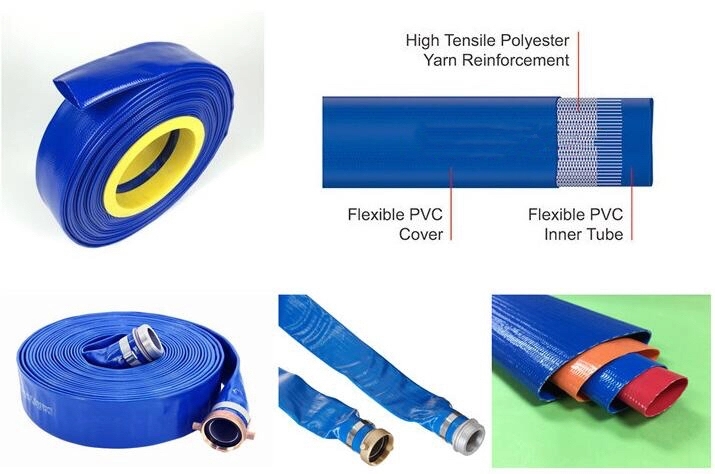transfer hose
The Importance of Transfer Hoses in Industrial Applications
Transfer hoses play a crucial role in a variety of industrial applications, serving as essential conduits for the movement of liquids, gases, and even solids. These hoses are specifically designed to handle the demands of transporting materials safely and efficiently from one point to another. Understanding the significance of transfer hoses involves recognizing their types, materials, and applications in various sectors.
One of the primary advantages of transfer hoses is their versatility. Industries such as chemical manufacturing, petroleum, food and beverage, and water treatment rely on specialized hoses to transfer different types of materials. For instance, a transfer hose used in the chemical industry must be resistant to corrosion and withstand high temperatures, while a hose utilized in food processing must comply with health and safety regulations to prevent contamination. This variation in requirements leads to a wide selection of hoses designed for specific applications, including layflat hoses, suction hoses, and pressure hoses.
The materials used in the construction of transfer hoses are integral to their performance. Common materials include rubber, PVC, polyurethane, and stainless steel. Each material offers unique properties that suit different operational environments. For example, rubber hoses are often used for their flexibility and durability, making them ideal for handling a range of temperatures and pressures. In contrast, PVC hoses are lightweight and offer excellent chemical resistance, making them suitable for transferring water and certain chemicals.
transfer hose

In addition to their material makeup, the design features of transfer hoses are crucial in ensuring their efficacy and safety. Factors such as pressure rating, hose diameter, and fittings compatibility are essential considerations for any application. Properly engineered transfer hoses can help prevent leaks and spills, which may not only damage the equipment but can also pose serious environmental and safety risks.
Moreover, maintaining and inspecting transfer hoses regularly is vital to operational efficiency. Over time, hoses can wear down due to abrasion, exposure to chemicals, or temperature fluctuations. A regular maintenance schedule can help identify potential issues, ensuring that hoses are replaced before they fail. This proactive approach not only enhances safety but also minimizes downtime, contributing to overall productivity.
In conclusion, transfer hoses are indispensable components in various industrial processes. Their design, material selection, and maintenance are key factors that contribute to their reliability and efficiency. As industries continue to evolve and demand more sophisticated solutions for material transportation, the importance of high-quality transfer hoses remains paramount. Investing in the right hoses can lead to improved safety, efficiency, and environmental responsibility in industrial operations.
-
Welded Wire Mesh Panel: Durable, Versatile, and AffordableNewsJul.28,2025
-
Top Quality Oxy Acetylene Hoses for Sale Fit for Welding DemandsNewsJul.28,2025
-
The Future of Pneumatic Air Tubes in IndustryNewsJul.28,2025
-
Superior and Reliable LPG Hose Pipe Solutions for Every NeedNewsJul.28,2025
-
Exceptionally Durable and Versatile Premium Braided PVC TubingNewsJul.28,2025
-
Best Adapters for Connecting Garden Hose to PVC Pipe ConnectionsNewsJul.28,2025














